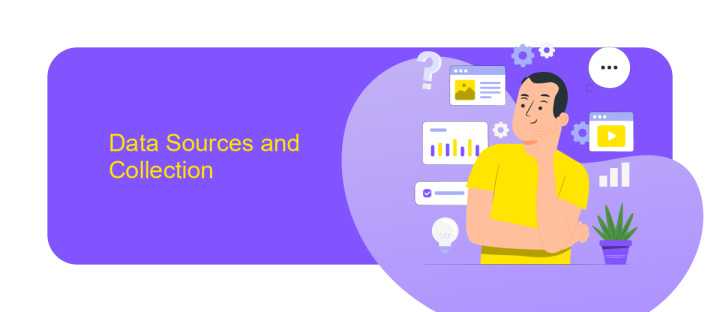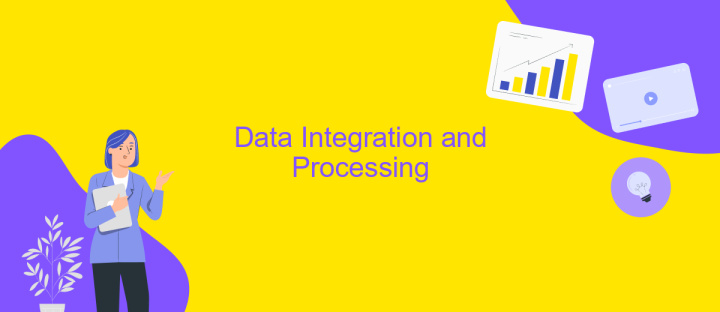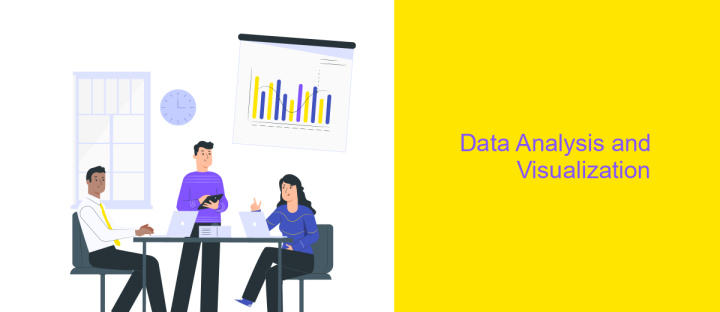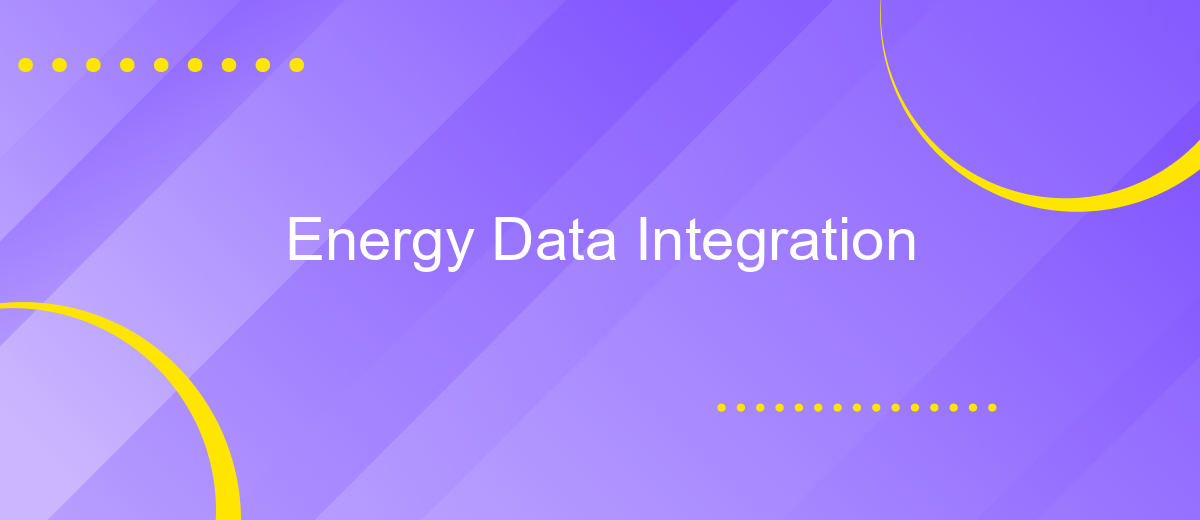Energy Data Integration
Integrating energy data is crucial for optimizing resource management and improving sustainability. By consolidating diverse data sources, organizations can gain comprehensive insights into energy consumption patterns, identify inefficiencies, and implement targeted solutions. This article explores the significance of energy data integration, its benefits, and the technological advancements that facilitate seamless data consolidation, ultimately driving smarter energy decisions and fostering a more sustainable future.
Introduction
Energy data integration is becoming increasingly crucial in today's world, where the demand for sustainable and efficient energy solutions is on the rise. By integrating various sources of energy data, stakeholders can make more informed decisions, optimize energy consumption, and reduce operational costs. This process involves the collection, processing, and analysis of data from diverse energy systems, enabling a comprehensive understanding of energy usage patterns and potential areas for improvement.
- Improved decision-making through comprehensive data analysis
- Enhanced energy efficiency and sustainability
- Reduced operational costs and resource wastage
- Better compliance with regulatory requirements
- Increased reliability and resilience of energy systems
As the energy sector continues to evolve, the importance of integrating data from various sources cannot be overstated. By leveraging advanced technologies and methodologies, organizations can harness the power of energy data to drive innovation and achieve their sustainability goals. This paper will explore the key aspects of energy data integration, including its benefits, challenges, and best practices.
Data Sources and Collection

Energy data integration relies on diverse data sources, including smart meters, weather stations, and energy management systems. Smart meters provide real-time consumption data, enabling precise monitoring of energy usage patterns. Weather stations offer critical information on temperature, humidity, and solar radiation, which are essential for predicting energy demand and optimizing renewable energy sources. Energy management systems aggregate data from various devices and sensors within a facility to provide a comprehensive view of energy consumption and performance metrics.
To streamline the integration process, services like ApiX-Drive can be utilized. ApiX-Drive facilitates the seamless connection of multiple data sources by automating data transfer and synchronization. This service supports a wide range of integrations, making it easier to collect and harmonize data from disparate systems. By leveraging ApiX-Drive, organizations can ensure accurate and timely data collection, which is crucial for effective energy management and decision-making.
Data Integration and Processing

Energy data integration involves the seamless merging of diverse datasets from various sources to create a unified view. This process is essential for efficient energy management, enabling stakeholders to make informed decisions based on comprehensive data insights. Data integration helps in breaking down silos and facilitates the flow of information across different systems and platforms.
- Data Collection: Gathering data from multiple sources such as smart meters, sensors, and energy management systems.
- Data Cleaning: Ensuring the accuracy and consistency of the collected data by removing duplicates and correcting errors.
- Data Transformation: Converting data into a common format to ensure compatibility and ease of analysis.
- Data Storage: Storing the integrated data in a centralized repository for easy access and retrieval.
- Data Analysis: Applying analytical tools and techniques to extract meaningful insights from the integrated data.
Effective data integration and processing are crucial for optimizing energy consumption, reducing costs, and improving sustainability. By leveraging integrated data, organizations can identify patterns, predict energy demands, and implement strategies that enhance overall energy efficiency. This holistic approach not only supports operational goals but also contributes to environmental conservation efforts.
Data Analysis and Visualization

Data analysis and visualization are critical components in the integration of energy data. By leveraging advanced analytics, organizations can uncover actionable insights that drive efficiency and innovation. This process involves the collection, processing, and interpretation of vast datasets to identify patterns and trends.
Visualization tools play a pivotal role in making complex data comprehensible. Through graphical representations such as charts, graphs, and maps, stakeholders can quickly grasp the implications of the data. This not only facilitates better decision-making but also enhances communication across departments.
- Improved decision-making through clear visual insights
- Enhanced communication among stakeholders
- Identification of trends and patterns
- Increased operational efficiency
In conclusion, the integration of data analysis and visualization in energy management systems is indispensable. It enables organizations to transform raw data into meaningful information, fostering a culture of data-driven decision-making and continuous improvement.
Applications and Use Cases
Energy data integration plays a pivotal role in modern energy management systems, enabling seamless data exchange between various energy sources, storage systems, and consumption points. By integrating data from renewable sources like solar and wind with traditional energy grids, organizations can optimize energy use, reduce costs, and enhance sustainability. Real-time data analytics allow for better demand forecasting and load balancing, ensuring a reliable and efficient energy supply.
One practical application of energy data integration is in smart grids, where data from multiple sensors and meters is aggregated and analyzed to improve grid stability and performance. Services like ApiX-Drive facilitate these integrations by providing tools to connect disparate data sources and automate data workflows. This enables energy managers to make informed decisions quickly, enhancing operational efficiency. Additionally, integrated energy data systems support the development of smart cities, where energy consumption patterns are monitored and managed to optimize resource use and reduce environmental impact.
FAQ
What is Energy Data Integration?
Why is Energy Data Integration important?
What are the common challenges in Energy Data Integration?
How can I automate the integration of energy data from different sources?
What are the benefits of using a data integration platform for energy data?
Apix-Drive is a simple and efficient system connector that will help you automate routine tasks and optimize business processes. You can save time and money, direct these resources to more important purposes. Test ApiX-Drive and make sure that this tool will relieve your employees and after 5 minutes of settings your business will start working faster.

